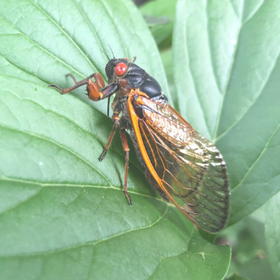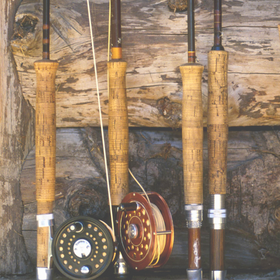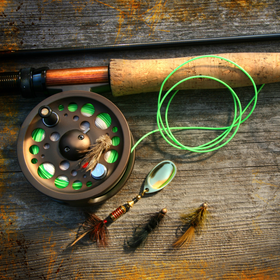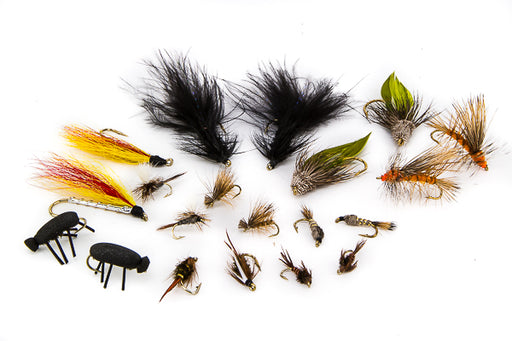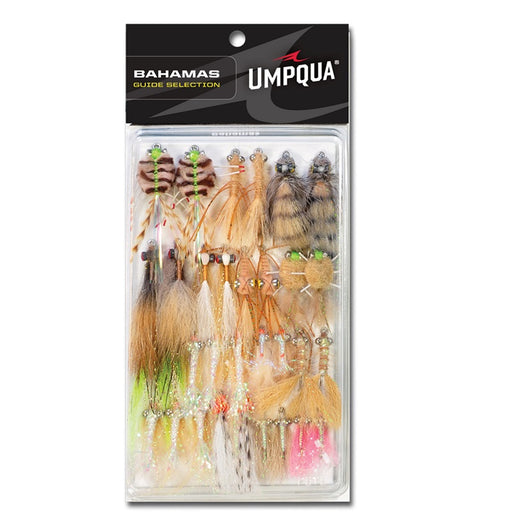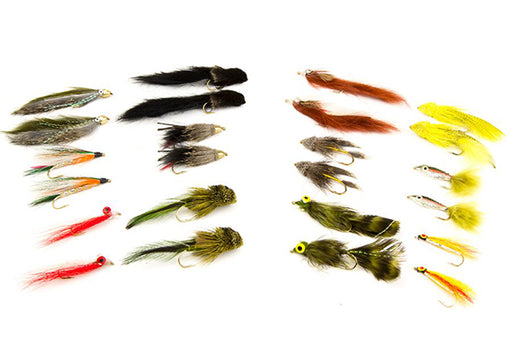
Setting Up Two-Handed Steelhead Rod
Using a two-handed (spey or switch) rod to catch steelhead is one of the most enjoyable ways to spend some time on the water. The biggest hurdle for folks is that the setups are confusing. We will show you the three most common setups for two-handed steelhead fishing.
Rods

We first have to cover some basics on rods and reels. There is no difference except for length between a switch and a spey rod. Typically, rods over 12' are called spey rods and rods over 10' and under 12' are called switch rods. (Note that this does not apply to specialty rods like 11' lake fishing rods, Euro-style rods or other specialty rods). So if you intend to start steelhead fishing with a two-handed rod, make sure that you have an appropriate rod.
An article on whether you need a spey or a switch rod can be found here
Reels
Sizing a reel to a spey or switch rod is a little different. Switch rods will typically require a reel that will hold a line +2 sizes what you are fishing. A 7wt switch rod should be matched up with a reel that fits a 9wt single hand rod. A spey rod should be matched with a reel +3 line sizes. A really long (+14') rod should be +4 sizes. This helps with balancing such a long rod as well as holding the extra large lines that are used with these rods.
Here are the three most popular and effective ways to setup a two-handed steelhead rod:
Skagit System
Skagit lines are really powerful, heavy lines that can deliver a heavy steelhead fly accurately over long distances. A Skagit setup is effective year-round and is the preferred method for many anglers year-round. Nearly every single winter steelhead angler will have a Skagit setup on their rod.
Both Skagit and Scandi Heads are short (15'-35') and do not have any type of level running line at the back of them. You will have to add your own.
From the reel: Backing > Running Line > Skagit Head > Sink Tip
The setup is not complete unless you have all of those components. Most folks will use a straight section of 10#-15# tippet, 4'-6' in length for the leader to complete the setup.

Scandi Systems
Scandi line systems are light and accurate, they are not quite as clunky as Skagit systems, and they arguably more enjoyable to cast as the whole system feels much lighter. Scandi systems are typcially used for summer steelhead fishing. Most anglers will switch to a Skagit system once the water temperatures drop into the low 50s or colder.
Like Skagit systems, Scandis need a running line, but no sink tip. Some anglers use a polyleader or versileader with them (often floating), but most anglers just use a 9' or 12' steelhead leader. The flies are meant to be fished near the surface usually.
From the reel: Backing > Running Line > Scandi Head > Tapered Leader or Polyleader/Versileader.
Nymphing Setup

From the Reel: Backing > Switch Line > Leader/Indicator
This line system will be finished off with a leader/indicator, etc... For setting up a nymph rod for steelhead, you can find some good intel right here.
One note about these setups. There is not one that will do everything well. Nymphing setups are not good for swinging flies, Skagit heads are not good for nymphing and Scandi heads are not good for throwing heavy flies. You may find yourself getting a couple of different setups as the seasons change or you figure out what style of fishing fits you best.

